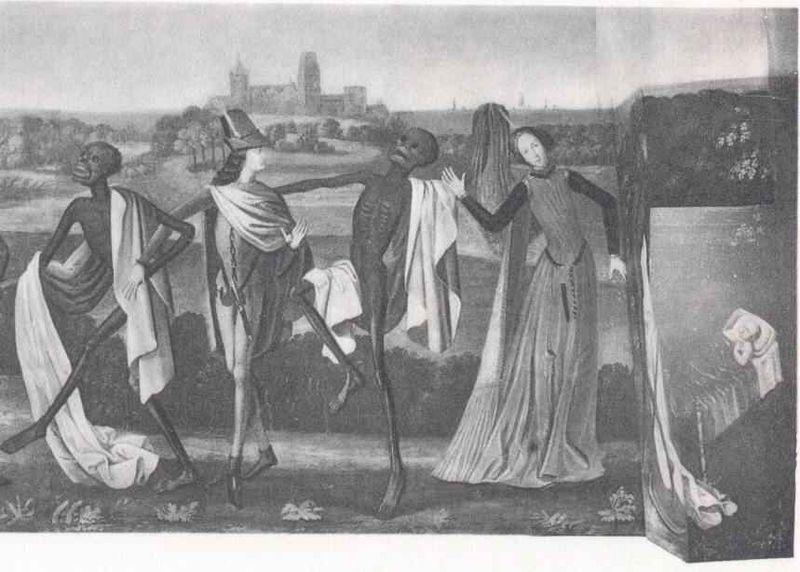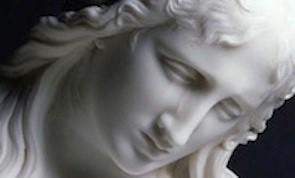
Death Mentalities in the History of Humanity
This "Online Exhibition" is linked to the course "Ceremonial Society" (Tilburg University, School of Humanities and Digital Sciences). The course presents rituals and ceremonies that are supposed to contribute to social cohesion or to the integration of ‘outsider groups’ into society. The course also focuses on rituals and ceremonies after death, disasters and atrocities.
This Online Exhibition deals with the topic of death in rituals and art. The way we deal with death and dead bodies is culturally determined and has changed during history. Using Philippe Aries' seminal books about death mentalities, we distinguish several attitudes towards death in western culture. Aries described four phases. In this Online Exhibition we will go beyond Aries and add a fifth phase. Every phase is linked to a specific period of time. The attitudes mentioned, however, give us a useful heuristic tool to research death mentalities in history and in our era. For example, 'tamed death' is charactistic for the Middle Ages, but also in our days we see elements of 'tamed death' in diverse religious death rituals.
This Online Exhibition is an invitation to think about death in relation to rituals and art. It is also an invitation to think about your own death and perhaps to start a good conversation regarding death and dying with colleagues and friends.
Martin Hoondert, associate professor in 'Music, Religion and Ritual'


















